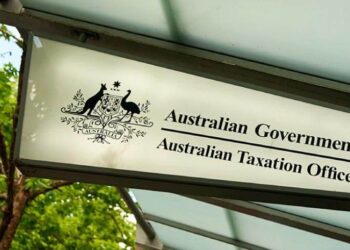The latest retirement report from CoreData shows that the average balance of SMSFs has grown steadily over the past 10 years, outpacing all other fund types.
According to this year’s report, the average member balance in SMSFs is above $800,000, compared with the average balance in retail funds of below $225,000. Industry fund member balances are even lower, as are public funds.
Angus Dennis, senior consultant at CoreData, told SMSF Adviser that not all members of SMSFs have high balances, but the figure is averaged across the general cohort.
“Some people might have a couple of super holdings across different funds, and some SMSFs can have up to six members,” Dennis said.
Additionally, the latest data shows that the SMSF sector has relatively strong growth despite smaller member numbers, the majority of which is coming from the 35-49 year cohort (56 per cent).
“For the last two quarters, the big uptake is in that 35-49 year age group whereas in the tenured members, the bulk is in the 60 and over age bracket,” Dennis said.
“Obviously, some of these newer members have larger balances as do the tenured ones. But this trend has not been going on forever. We’re starting to see younger members becoming more self-directed. They might have more money through super guarantee, delaying the house purchase, and intergenerational wealth transfers but they are also more engaged with their investments.”
Regarding retirement readiness and satisfaction, the 2024 statistics show that SMSF members have an overall index score of 69.3 per cent, compared to industry funds (48.5 per cent, retail funds (56.3 per cent) and public funds (51.9 per cent).
SMSF members also have greater satisfaction for retirement preparedness (65.1 per cent) compared to industry (45.5 per cent) and retail funds (48.8 per cent).
In retirement satisfaction, SMSFs were again ahead (72.5 per cent) compared with industry (52 per cent) and retail (56 per cent).
The statistics also revealed that members of small industry funds (39 per cent) and large retail funds (29 per cent) are more likely to switch to an SMSF.
“This is a retirement study we do once a year and this year with the rising cost of living there is less confidence in retirement outcomes,” Dennis said.
“Around 10 per cent of retirees don’t feel comfortable with their financial well-being with pre-retirees more likely to feel discomfort. There is a lot of anxiety going into retirement with people looking for higher balances of around $1 million. Two years ago, that figure was 18 per cent less.”
Dennis said the findings indicate that many people lack understanding of what they will personally need to save for retirement.
“The other trend we are seeing is more people working part-time in retirement and it’s not a lifestyle thing, it is more about meeting costs.”
“Some feel less connected to their financial future as there has been a downshift in those metrics. It indicates people need to be able to understand that pathway into retirement and the approach they take to feeling comfortable and the benefit of advisers to help them do that.”


